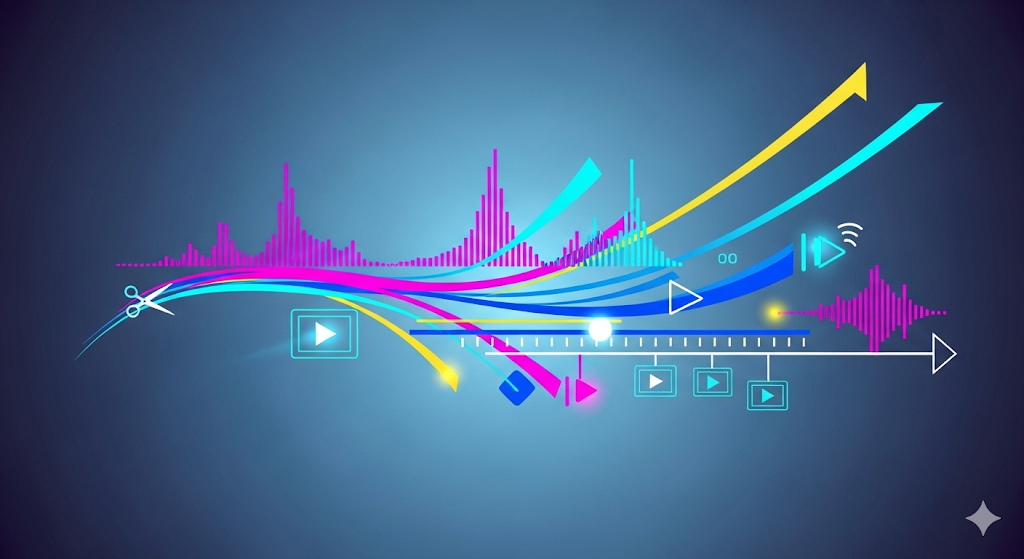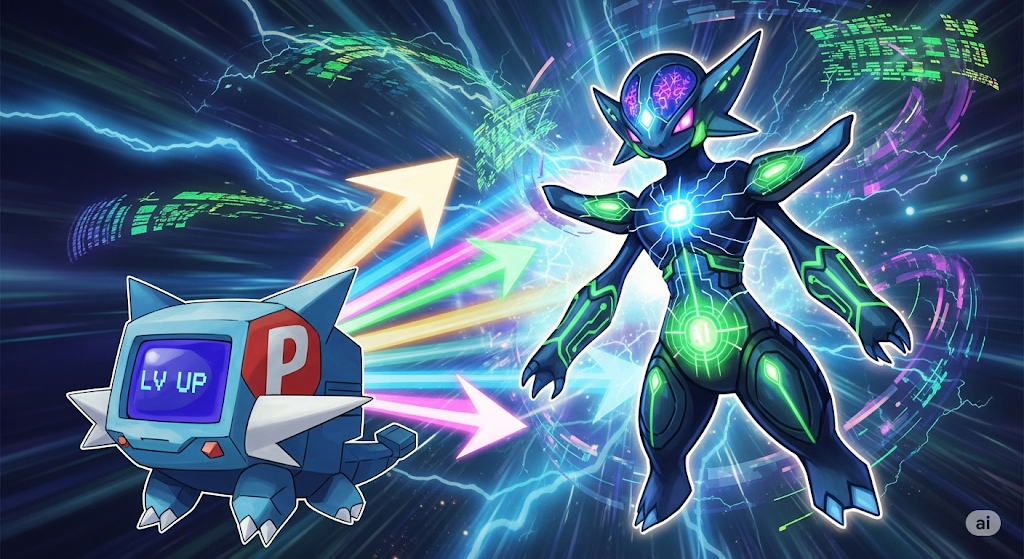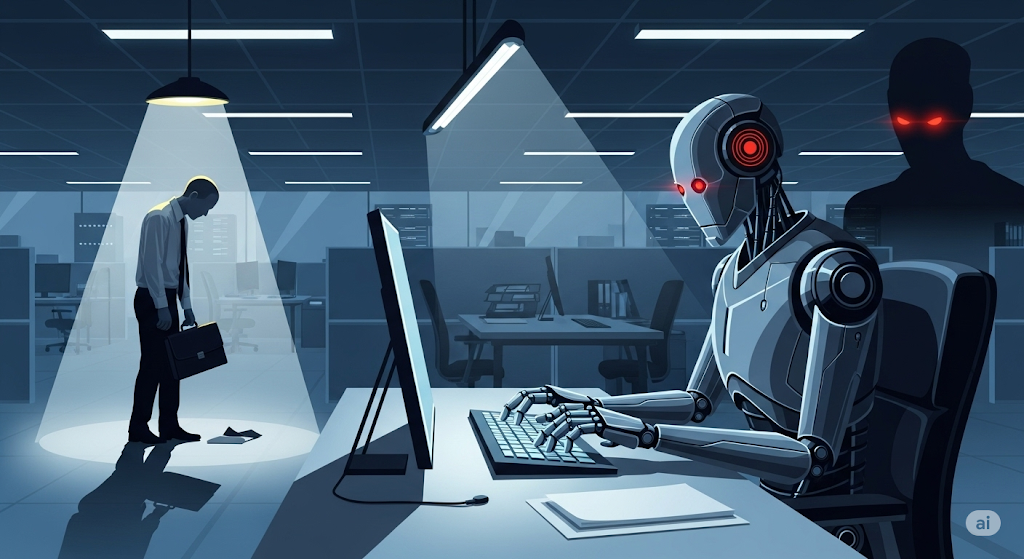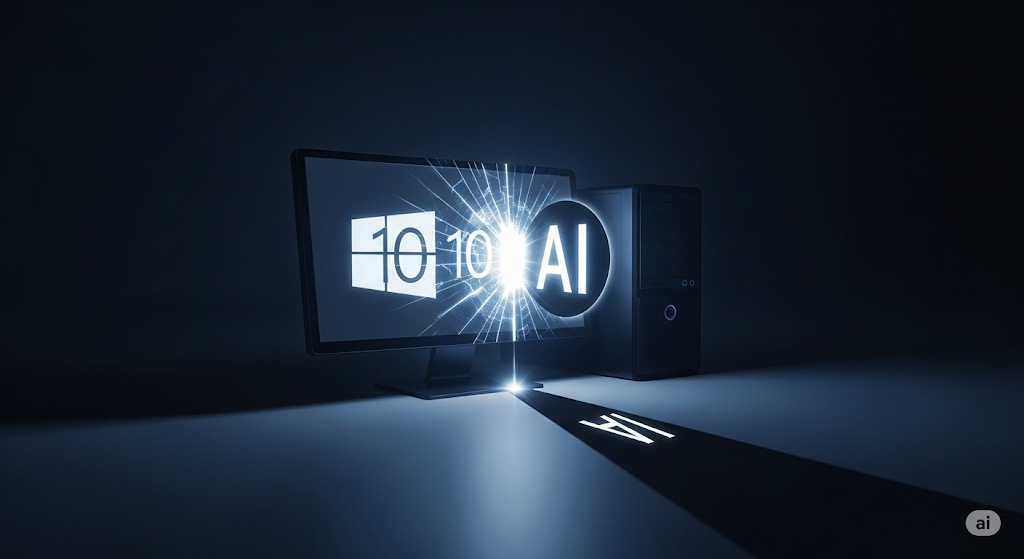Alright, so let’s chat about Bluesky’s shiny new verification system. On the surface, it’s supposed to be the antidote to spam, bots, and random imposters—like trying to make sure the Musk you’re following is the real deal and not some AI-generated wannabe. It’s all about keeping things real, and that’s huge in the chaotic world of social media.
Now, whether it actually works or not? That’s the million-dollar question. Bluesky’s not the first to take a stab at this, Twitter’s blue check disaster is still fresh in our heads; and let’s be honest, it wasn’t pretty. Bluesky thinks it might have a more sophisticated approach, but it’s kinda like making sure you’re not talking to a stranger behind a mask at some glitzy ball.
And for those screaming “What about free speech?”—yeah, you’ve got a point. Verification could totally put a damper on the anonymous chatter; and yet, there’s a flip side: it might just save us from the clutches of trolls and the oh-so-annoying bot invasions. It’s this delicate dance between ensuring safety and preserving liberty.
But hold up. If Bluesky nails this, it won’t just stay in its corner. Other platforms could hop on the bandwagon, and suddenly verification’s everywhere—changing the way we connect online. Maybe we’ll move toward more genuine interactions; maybe we’ll just push the trolls to darker places. Who knows?
At the end of the day, Bluesky’s system isn’t just a little tweak; it’s potentially a game-changer, redefining online authenticity. So the real question isn’t just “Is it gonna work?” but—what kinda online world are we actually aiming for? Balanced, or bold and risky for the sake of free speech? Can we even find that elusive sweet spot?
And really, do we want to?










Leave a Reply